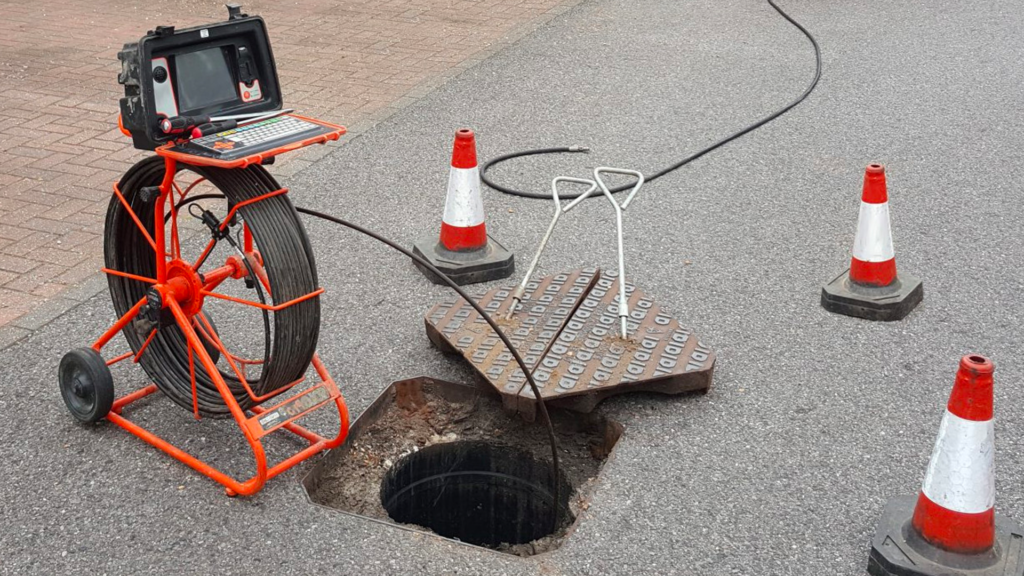Getting My Reclaim Waste To Work
Getting My Reclaim Waste To Work
Blog Article
Fascination About Reclaim Waste
Table of Contents7 Easy Facts About Reclaim Waste ShownLittle Known Questions About Reclaim Waste.About Reclaim WasteNot known Factual Statements About Reclaim Waste What Does Reclaim Waste Mean?
Residential sewage waste refers to the waste and items from a domestic septic container. The appropriate monitoring and disposal of domestic sewage waste need fluid waste to be transferred to a sewer therapy plant where the proper approaches and devices are applied to purify and dispose of waste.
Industrial waste commonly consists of potential dangers, such as flammable materials or a blend of fluid and strong waste products, and requires a more sophisticated and detailed disposal process. The disposal of business waste normally involves the filtration of waste prior to transport to make sure safe and appropriate disposal. Hazardous waste is developed from byproducts and overflow of industrial procedures and production.
This kind of waste can not use the exact same sewage administration transport or processes as septic or industrial fluids. The hazardous waste monitoring procedure requires the inspection and testing of liquid waste prior to it undergoes the disposal process (liquid waste disposal melbourne). Overflow waste is the fluid waste that originates from drainage and excess stormwater in highly populated areas or cities
Runoff waste can cause contamination and flooding if not managed effectively. Find out more concerning sewage system cleansing and waste monitoring. Ensuring correct waste administration can stop disasters and lower ecological damage. Both individuals in property setups and specialists in commercial or manufacturing markets can profit from recognizing the processes and policies of liquid waste management.
The Only Guide to Reclaim Waste
Get in touch with PROS Providers today to find out about our waste administration and disposal solutions and the proper methods to care for the liquid waste you generate.
(http://peterjackson.mee.nu/do_you_ever_have_a_dream#c2256)This supposed 'wastewater' is not just an essential resource however, after therapy, will certainly be released to our land, rivers or the ocean. Made use of water from bathrooms, showers, bathrooms, kitchen area sinks, washings and commercial procedures is known as wastewater.

water made use of to cool equipment or clean plant and tools). Stormwater, a type of wastewater, is drainage that moves from farming and city locations such as roofs, parks, yards, roadways, paths and seamless gutters into stormwater drains, after rainfall. Stormwater flows without treatment directly to regional creeks or rivers, ultimately getting to the sea.
The Greatest Guide To Reclaim Waste
In Queensland, a lot of wastewater is dealt with at sewer therapy plants. Wastewater is delivered from residential or commercial websites via a system of sewers and pump terminals, recognized as sewage reticulation, to a sewer treatment plant. City governments develop, preserve and operate most sewage therapy plants. Operators are licensed under the Environmental Protection Act 1994 to discharge treated wastewater at an acceptable environmental standard into waterways.
The Division of Natural Resources encourages city governments regarding managing, operating and maintaining sewerage systems and therapy plants. In unsewered locations, city governments might need householders to install individual or household sewer treatment systems to treat domestic wastewater from toilets, kitchens, restrooms and laundries. The Department of Natural Resources authorises the usage of house systems when they are confirmed to be efficient.
In some brand-new neighborhoods, therapy of some stormwater to get rid of litter, sand and crushed rock has started using gross toxin traps. Wastewater therapy occurs in 4 phases: Gets rid of solid issue.
Wastewater then streams into big tanks where solids clear up and are removed as sludge. Oil and residue are skimmed from the surface. Makes use of tiny living organisms referred to as micro-organisms to break down and get rid of remaining dissolved wastes and great bits. Micro-organisms and wastes are included in the sludge. Gets rid look at here of nitrogen and phosphorus nutrients that can cause algal blossoms in our waterways and threaten water life.
Indicators on Reclaim Waste You Should Know
Nutrient elimination is not offered at all sewer treatment plants due to the fact that it calls for pricey specialist tools. Clear fluid effluent generated after therapy may still consist of disease-causing micro-organisms - liquid waste disposal.

A lot of wastewater flows into the sewage system. Under the Act, regional federal governments carry out approvals and permits for ecologically pertinent activities (Periods) involving wastewater launches that could have a local influence.
Top Guidelines Of Reclaim Waste
Monitoring offers accurate information regarding water top quality and can validate that permit problems are being met. The information obtained through tracking supplies the basis for making water high quality decisions.
Report this page